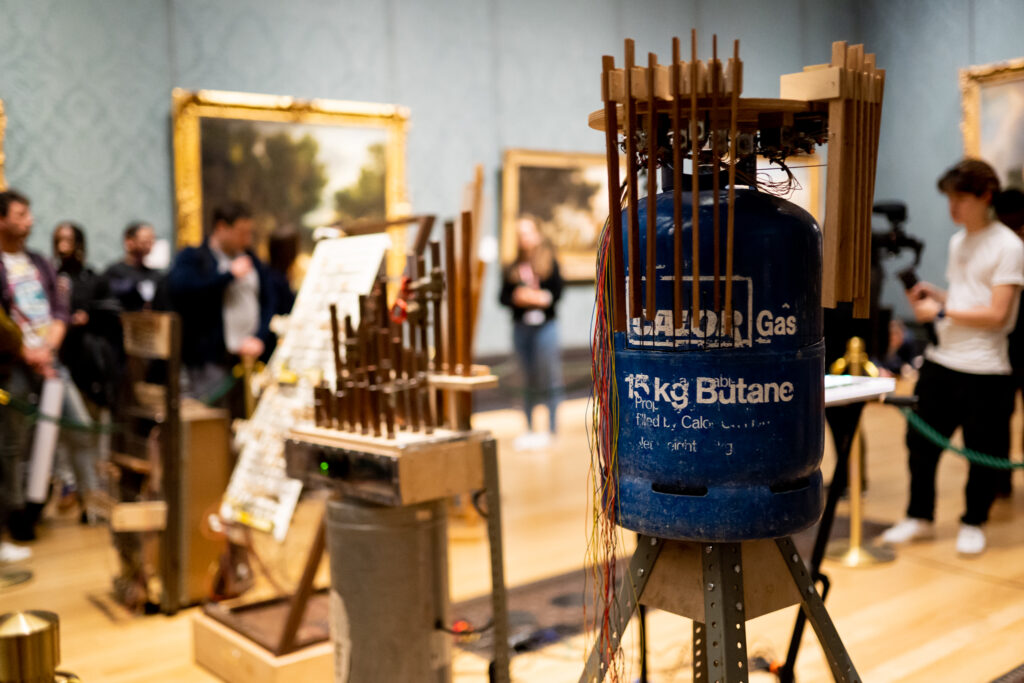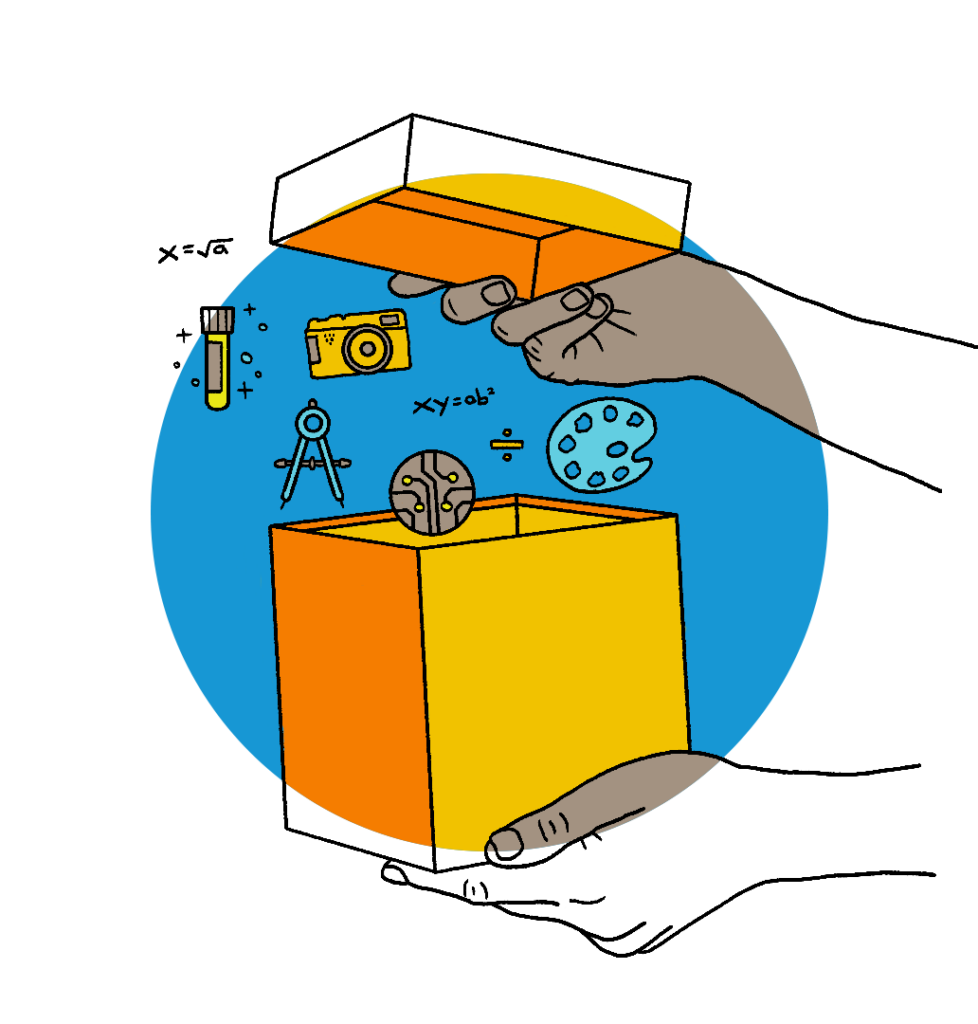Creative climate activism is necessary and exciting – and, when properly funded, can reach new audiences and leave a powerful legacy.
Over the past two years, I have found my work as an artist focused on the climate emergency – essentially, connecting the arts with climate activism. Something very intriguing has happened over this period. I’ve found that my motivation to continue to pursue the arts has increased exponentially. Furthermore, I’ve found there is a public out there crying out for more art directly relating to climate. Popular music and art should reflect the times they are made in. As we watch temperatures soar, floods rise and fires rage, what artist could in good artistic conscience ignore what’s happening? On the other side of the coin, I believe museums, galleries, commissioners and other cultural institutions should in good conscience invest in and support artists looking to highlight our climate emergency.
Over this short period of time, I have managed to use my art as part of a MoMA PS1 x Slow Factory installation, The revolution is a school, in New York; feature in a BBC Radio 4 documentary, Clearing the Air; feature in YouTube Originals series Seat At The Table, alongside Sir David Attenborough and President Barack Obama; create a new sound piece for Theaster Gates’ Serpentine Pavilion, Black Chapel; run a community-wide arts and air pollution campaign, LIVE + BREATHE, in two of London’s most densely populated inner city boroughs; compose a new piece, Capes For Blue Skies, for London’s Philharmonia Orchestra, mixed at Abbey Road Studios; and, on Earth Day 2022, create and direct a promenade performance with an all-Black cast for Love Ssega’s HOME-Zero inside the three largest rooms of the National Gallery in London. If this type of career sounds exciting to you, read on to hear why I think creative climate activism is a necessary and exciting endeavour.
The power of the arts lies in their ability to invoke a reaction – or, in other words, to activate an emotion. Therefore, what artist isn’t an activist?
The power of the arts lies in their ability to invoke a reaction – or, in other words, to activate an emotion. Therefore, what artist isn’t an activist? At the beginning of the pandemic, a commission from Season For Change, co-run by UK arts organisations Julie’s Bicycle and Artsadmin, gave me the opportunity to use my songwriting to address an issue of climate and racial injustice. My project Airs of the South Circular focused on the toxic effects of air pollution on the Black community in my borough of Lewisham in south London. A song I wrote, Our World (Fight For Air), was first picked up by local media and then shown at COP26 in Glasgow in 2021, as part of the official UN programme – not bad for a song about air pollution. This is what happens when investment is directed towards enabling artists to make the art they want to make.
The National Gallery has one of the most iconic facades in London. It dominates the north side of Trafalgar Square in the heart of the capital, less than a mile from both Buckingham Palace and the Houses of Parliament. Nesta and National Gallery X (a collaboration between the National Gallery and King’s College London) put out a callout for a commission, HOME-Zero, that would use art to catalyse change. The winning artist would work with the National Gallery’s world- famous collection to start a public conversation on the relationship between household emissions and climate change – an important topic given that household emissions account for a fifth of all UK emissions and yet public awareness is even lower than for issues such as air pollution.
This was quite a specific brief; however, for an artist, the challenge is part of the attraction. The project also came with a commission fee of just over £40,000, which meant a large-scale experience could be created, with all collaborators and fellow artists getting properly paid. Part of my winning commission plan involved a workshop with 18- to 35-year-old people of colour in the National Gallery X R&D lab, with all participants, mainly from minority backgrounds, paid for their time and input – a key but often overlooked point. Over an evening, the workshop participants heard from and interacted with Lisa Insansa (Gal-Dem journalist, writer and specialist on the history of Black squatting movements), Abby Jitendra (Citizens Advice), Kennedy Woods Architects, and Madeleine Gabriel (Nesta mission director: A Sustainable Future), enabling all groups to learn from each other. The outputs from the workshop informed the creative and musical responses for the Earth Day 2022 presentation of Love Ssega’s HOME-Zero in the heart of the National Gallery.
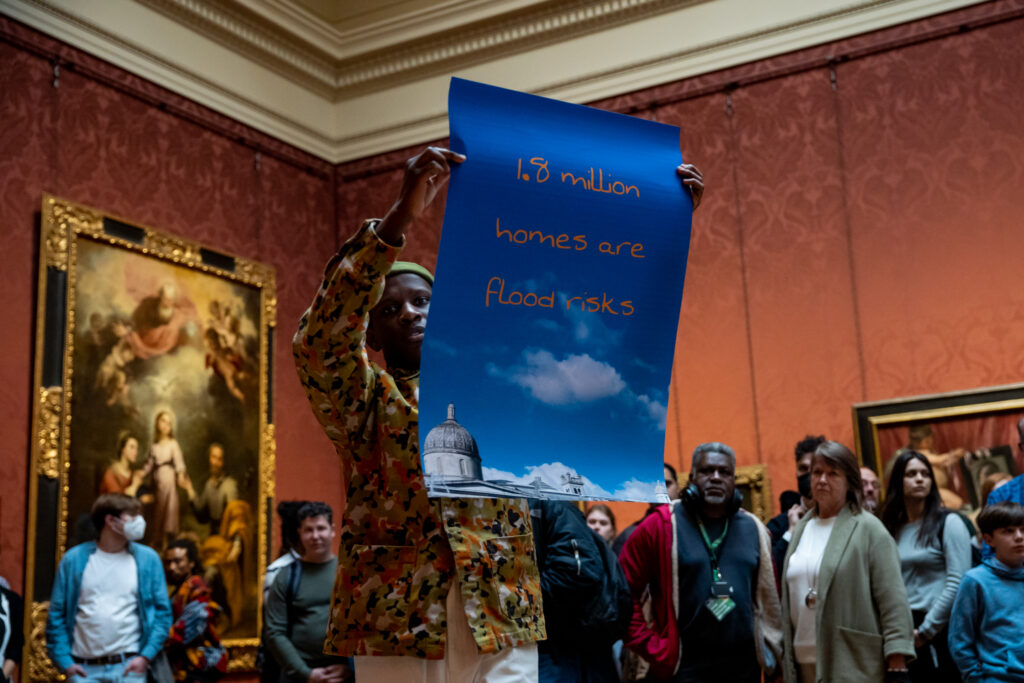
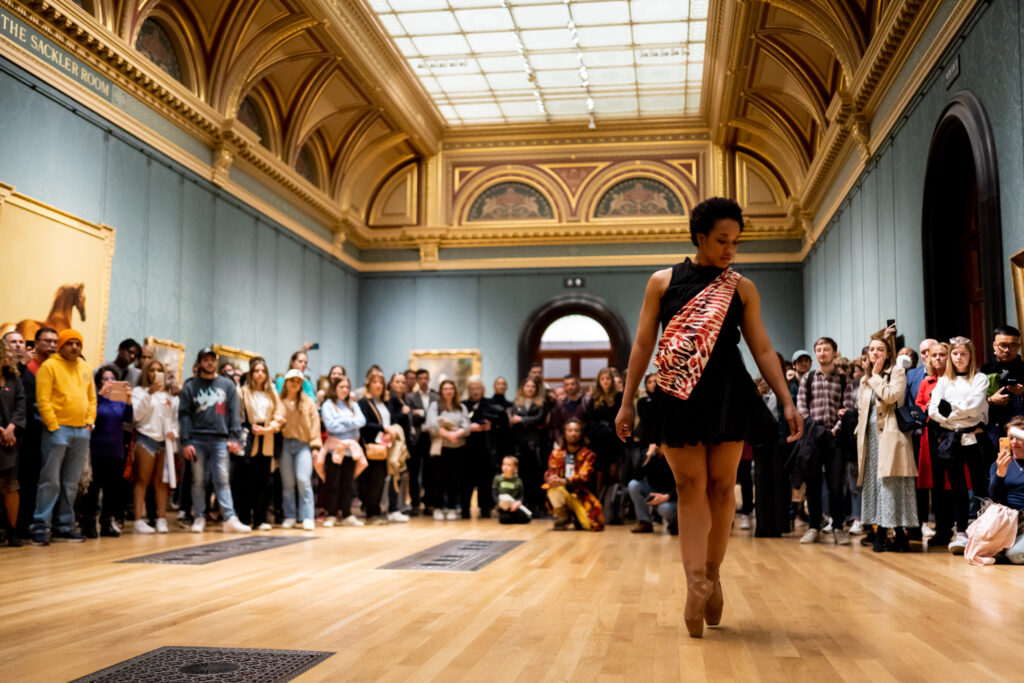
These were two promenade performances with an all-Black cast including poets Kieron Rennie and Solomon O.B. and choreographer-dancers Krystal S. Lowe and Paris Crossley. I composed a new 30-minute score inspired by the National Gallery’s collection of Turner, Caravaggio and Constable paintings, in front of which the performance took place, and each performer created original poetry and choreography inspired by the workshop outputs. The two performances drew the largest crowds to the National Gallery Lates since before the pandemic. This was an energetic, open-minded and diverse crowd of 18-35 year olds, some of whom were entering the National Gallery for the first time, all for the cause of climate activism and art.
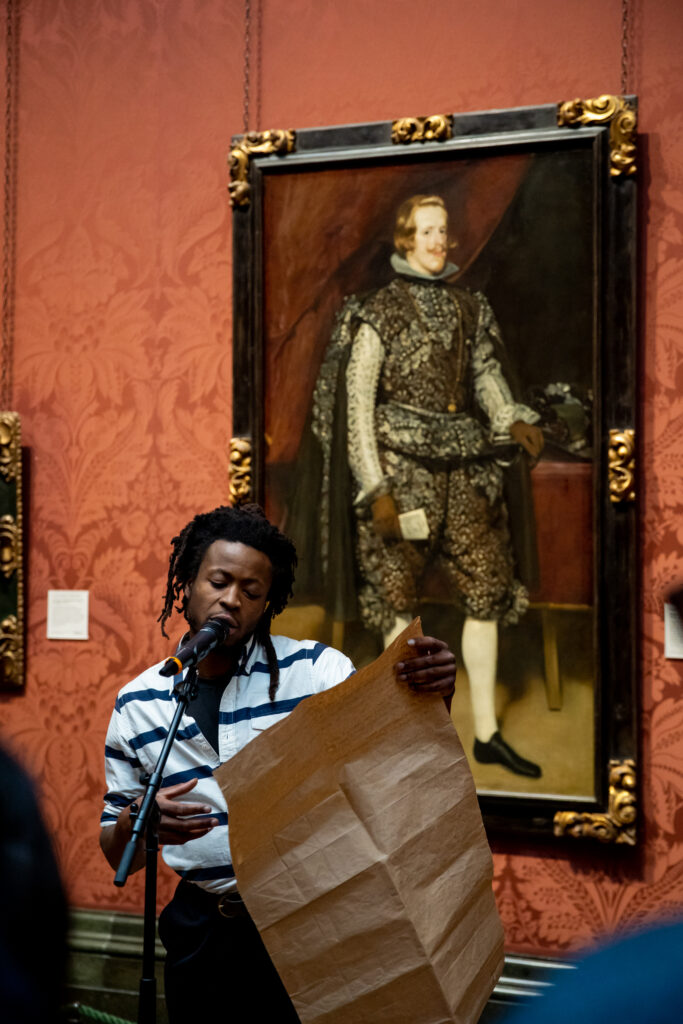
One last point on art and activism is the legacy they can create. As part of this project, I commissioned four new MIDI-controllable instruments made from upcycled fossil fuel heating components such as old radiators and gas cylinders. The plan is to perform with them alongside collaborators Shadwell Ensemble, taking the message of Love Ssega’s HOME-Zero to new audiences and even having new musical works focused on reducing home emissions written and performed. We aim to take the instruments, currently on display at the Nesta building, around the UK to music festivals, venues and educational settings. This is what the arts and climate activism can do. To see more, just invest.
